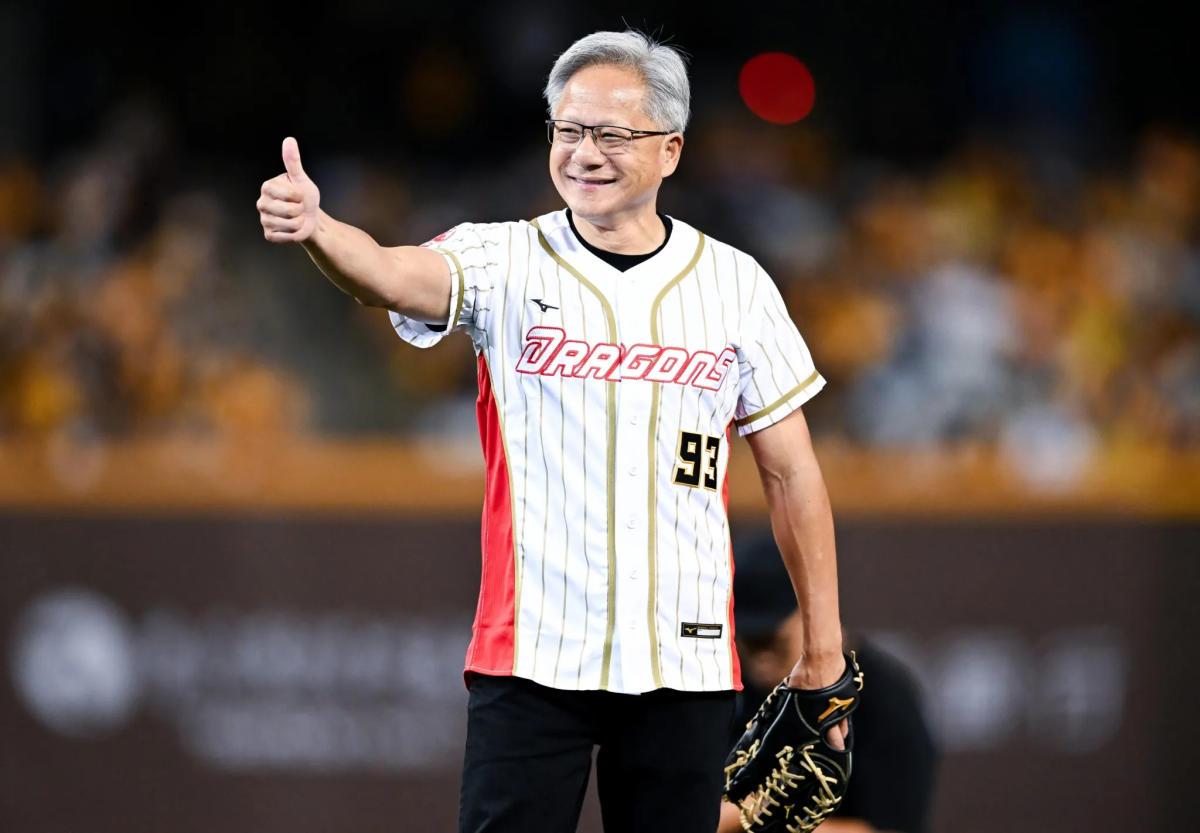Nvidia Vice Chairman Simona Jankowski just parted ways with the $3.1 trillion tech giant, paying tribute to her boss and CEO Jensen Huang on her way out.
“Working with Jensen has been an experience of a lifetime,” she concluded of her time reporting for the billionaire, who came from humble beginnings.
After nearly seven years leading investor relations and strategic finance at the chipmaker, she said on LinkedIn that Huang “is in a league of his own” before sharing the three leadership lessons he taught her: “First principles thinking, zero billion dollar markets, speed of light and much more.”
“He inspired me to reach my limits, made me laugh to tears and taught me the harmony of work and family,” Jankowski added.
The most valuable company in the world – thanks to Huang’s core principles and zero billion dollar market concepts
After an initial attempt to develop graphics processors for computer games, the company invented one of the first AI-friendly GPUs and now dominates the market, selling more than 70% of all AI chips.
Last week, Nvidia briefly topped Microsoft as the most valuable company in the world with a market cap of $3.34 trillion.
Since joining Nvidia in 2017, Jankowski has boasted of seeing the company’s revenue grow tenfold and its profits and market cap increase by more than 20 times.
“Perhaps even more impressive, the AI computing performance of NVIDIA’s flagship GPU has increased more than 1,000 times, while the size of advanced AI models has grown by more than 20,000 times,” she added. “Experiencing exponential events like this is rare and exciting, and keeps the learning curve steep and exciting.”
But Nvidia’s GPU success was no accident; it clearly demonstrates Huang’s habit of applying first-principles thinking (i.e., questioning every assumption to get to the root of a problem) to find innovative solutions rather than mimicking existing models, and building a business in a zero-billion-dollar market (i.e., an emerging but potentially gigantic market).
Previously, CPUs (the most common computer chips, dating back to the 1950s) were great for performing complex calculations one at a time, but they didn’t quite meet the needs of data scientists as deep learning and AI research continued to boom in the 2010s. became more intensive. .
But GPUs can perform many simple calculations at once — and it turned out that Nvidia’s GPUs were a perfect fit for the type of computing systems AI developers needed to build and train large language models.
“Jensen is a visionary and saw the trends of GPU adoption in data centers early on and aligned the company’s strategy with that vision,” said Tristan Gerra, senior research analyst at Semiconductors. Fortune.
One of the progressive steps was the creation of CUDA, a high-level programming tool that the company built in 2007 to unlock the full capacity of its GPUs in a simple way.
CUDA is now so widely used that it’s hard for companies building large language models like OpenAI’s ChatGPT to imagine using any other technology.
As Huang himself previously pointed out, that’s exactly what it means to operate in a zero-billion-dollar market:
“Almost all of our goals should be to do something that hasn’t been done before, that is insanely difficult to do, and that if you achieve it could make a real contribution,” he said on stage last month to Stripe’s CEO Patrick Collison. .
“That market is probably zero billion dollars because this has never been done before. I would rather be a market maker than a market taker.”
Who is Simona Jankowski?
Jankowski, a Stanford University alum, spent her entire career at Goldman Sachs before joining Nvidia.
But even then, Jankowski revealed that she had been working closely with the chipmaker for quite some time.
“As a newly established equity research analyst at Goldman Sachs in 2001, my first assignment was to build NVDA’s financial model, and I met with Jensen Huang as part of our coverage launch,” she explained in her LinkedIn post.
After the “cool product launches, rapid technology advancements, supply chain trips to Taiwan” and “Q&As with Jensen,” she said, it helped her make a name for herself as an analyst.
Jankowski worked her way up the ranks, spending many years covering the semiconductor industry within Goldman’s Global Investment Research division before being promoted to managing director.
Now she will enter the world of startups as Chief Financial Officer, but she has not yet unveiled the venture in question.
Fortune has asked Jankowski for comment.
This story originally appeared on Fortune.com
